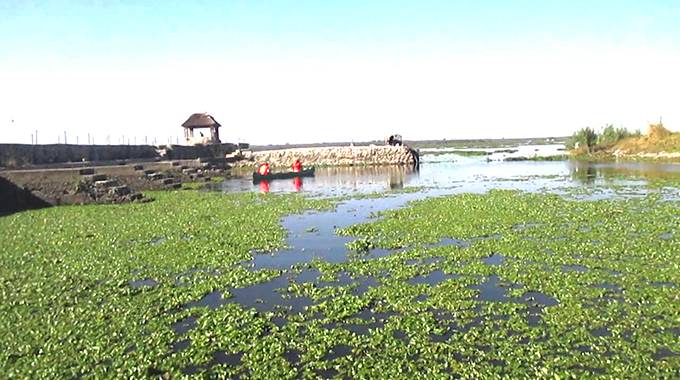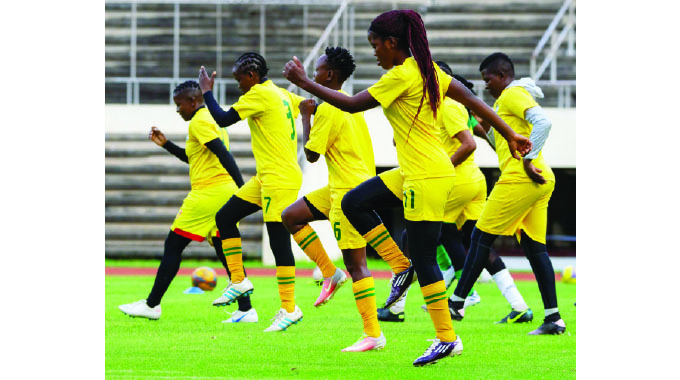Pollution, illegal mining threaten Lake Chivero

Conrad Mupesa–Mashonaland West Bureau
Harare’s major water source Lake Chivero is under threat from unsustainable human practices upstream which include deforestation, illegal brick moulding and illegal mining that have led to water pollution.
The lake is also a Convention on Wetlands of International Importance Especially as Waterfowl Habitat (RAMSAR) site.
It is one of the three RAMSAR sites in Mashonaland West along with Chinhoyi Caves and Mana Pools that are on the annotated list of seven wetlands of international importance in Zimbabwe.
Experts said unsustainable farming, sand poaching and quarry mining among other activities, were threatening the existence of the lake.
Zimbabwe National Parks’ ecologist and RAMSAR focal person, Mr Terrence Magqina said the longevity of the lake was being threatened by human activities and called for change of behaviour.
“According to lake use patterns around Lake Chivero, one can note that it is being threatened. There is illegal mining and unsustainable subsistence farming among other activities.
“In addition, water pollution has increased proteins in the lake, challenging its life. The discharge of sewer by Harare City Council has polluted the lake and there is hyacinth increase,” he said.
While studies have seen hyacinth being harvested in Uganda for furniture, ornaments, buckets, fertiliser and biogas, Zimbabwe is yet to implement this.
Environmental Management Agency (EMA) board member, Professor Edson Gandiwa said Lake Chivero’s existence relied on a balanced ecosystem around its catchment area.
“The Head of State (President Mnangagwa) has been pushing to make sure that all our development is cognisant of the environment and hence the Wetlands Policy.
“Lake Chivero is big water body which serves Harare and outside Harare residents. This is a water body which we should not be littering. The water hyacinth is an indicator that we are polluting the lake,” he said.
EMA’s principal research officer, Mr Ntandokamlimu Nondo, weighed in saying Harare City Council continued to offload at least 260 megalitres of sewer into Lake Chivero’s feeder streams, while agrochemicals were also noted as some of the key pollutants.
Mr Nondo said although there were various initiatives to sustain the life of the lake, the Zvimba District lands committee was supposed to address rampant illegal settling activities around the water body including at Amalinda Farm where a mixed A1 and A2 settlement was established.
He recommended relocation of illegal settlers to address water pollution, siltation and desertification while routine water quality monitoring, waste sorting at source and prioritizing pollution management were recommended.
Lake Chivero Users Association members, Kuimba Shiri Bird Park director, Garry Stafford and Mr Michael Gomo pressed for increased protection of the Lake Chivero catchment area from infiltration.
In a presentation during a symposium to commemorate Wetlands Day at the lake on Friday, the Minister of State for Mashonaland West Provincial Affairs and Devolution, Mary Mliswa-Chikoka, who was represented by the director in her office, Mr Douglas Chiwiro, emphasised proper waste management to help extend the life of the 70-year-old lake.
“We need to jealously guard these as they have a significant contribution to the provincial GDP. With the Second Republic’s thrust on devolution, we can only push through our development agenda if we sustainably manage natural resources at our disposal,” she said.
“I therefore urge all planning authorities to uphold sound environmental management as one of their principal pillars to steer sustainable development on all facets of development.
“Zimparks and Lake Chivero Users Association, have an obligation to ensure that the Lake survives.









Comments